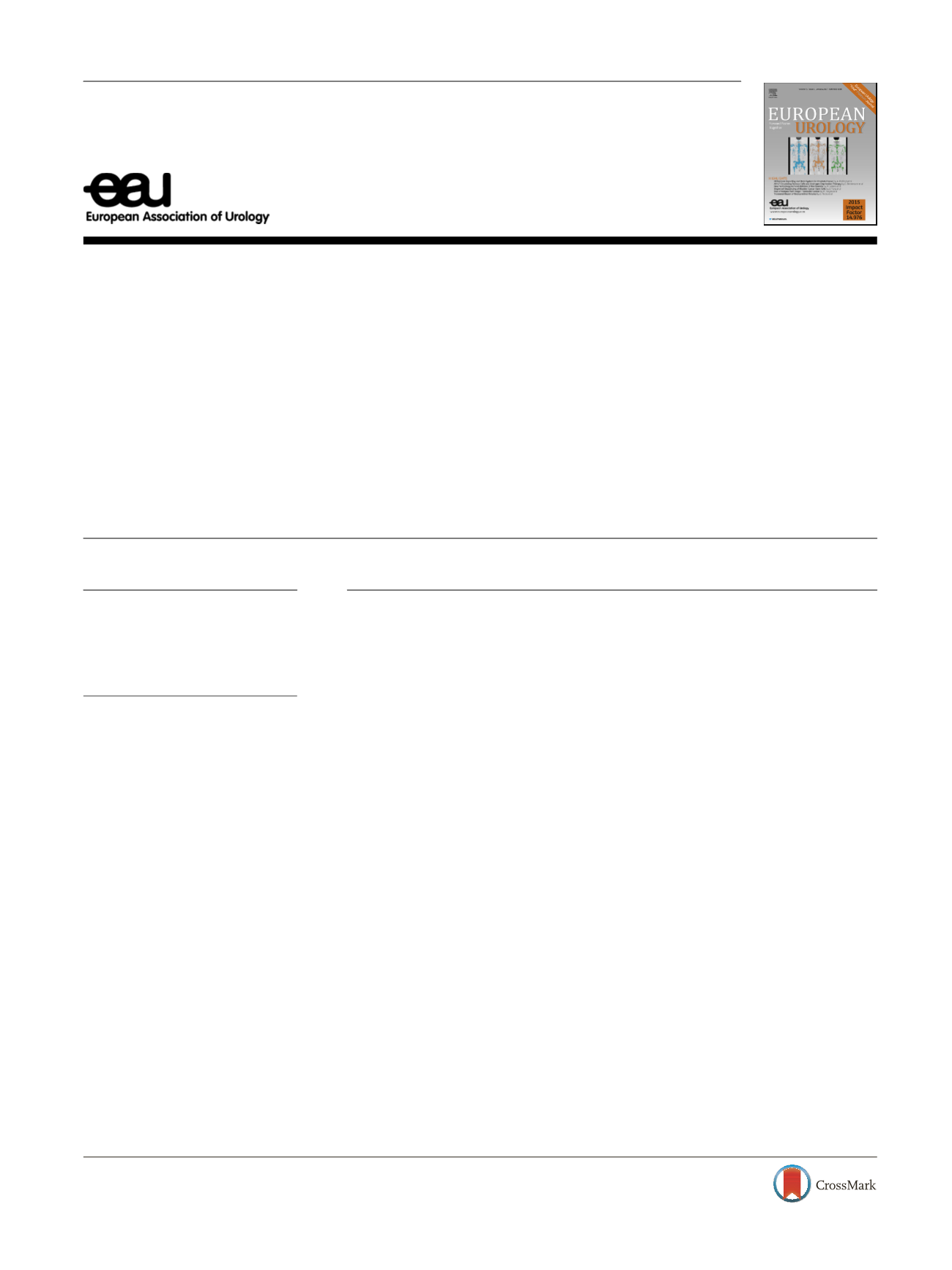

Platinum Priority – Collaborative Review – Education
Editorial by Penny Wright on pp. 799–800 of this issue
Understanding and Improving Recruitment to Randomised
Controlled Trials: Qualitative Research Approaches
Daisy Elliott
a , * ,Samantha Husbands
a ,Freddie C. Hamdy
b ,Lars Holmberg
c , d ,Jenny L. Donovan
a , ea
School of Social and Community Medicine, University of Bristol, Bristol, UK;
b
Nuffield Department of Surgical Sciences, Headington, Oxford, UK;
c
Cancer
Epidemiology & Population Health, Faculty of Life Sciences and Medicine, King’s College London, Guy’s Hospital, London, UK;
d
Department of Surgical
Sciences, Uppsala University, Uppsala, Sweden;
e
NIHR Collaboration for Leadership in Applied Health Research and Care West at University Hospitals Bristol
NHS Trust, Bristol, UK
E U R O P E A N U R O L O G Y 7 2 ( 2 0 1 7 ) 7 8 9 – 7 9 8ava ilable at
www.sciencedirect.comjournal homepage:
www.eu ropeanurology.comArticle info
Article history:
Accepted April 28, 2017
Associate Editor:
James Catto
Keywords:
Equipoise
Qualitative
Recruitment
Randomised controlled trial
Abstract
Context:
The importance of evidence from randomised trials is now widely recognised,
although recruitment is often difficult. Qualitative research has shown promise in
identifying the key barriers to recruitment, and interventions have been developed
to reduce organisational difficulties and support clinicians undertaking recruitment.
Objective:
This article provides an introduction to qualitative research techniques and
explains how this approach can be used to understand—and subsequently improve—
recruitment and informed consent within a range of clinical trials.
Evidence acquisition:
A literature search was performed using Medline, Embase, and
CINAHL. All studies with qualitative research methods that focused on the recruitment
activity of clinicians were included in the review.
Evidence synthesis:
The majority of studies reported that organisational difficulties and
lack of time for clinical staff were key barriers to recruitment. However, a synthesis of
qualitative studies highlighted the intellectual and emotional challenges that arise when
combining research with clinical roles, particularly in relation to equipoise and patient
eligibility. To support recruiters to become more comfortable with the design and
principles of randomised controlled trials, interventions have been developed, including
the QuinteT Recruitment Intervention, which comprises in-depth investigation of
recruitment obstacles in real time, followed by implementation of tailored strategies
to address these challenges as the trial proceeds.
Conclusions:
Qualitative research can provide important insights into the complexities
of recruitment to trials and inform the development of interventions, and provide
support and training initiatives as required. Investigators should consider implementing
such methods in trials expected to be challenging or recruiting below target.
Patient summary:
Qualitative research is a term used to describe a range of methods
that can be implemented to understand participants’ perspectives and behaviours. Data
are gathered from interviews, focus groups, or observations. In this review, we demon-
strate how this approach can be used to understand—and improve—recruitment to
clinical trials. Taken together, our review suggests that healthcare professionals can find
recruiting to trials challenging and require support with this process.
#
2017 European Association of Urology. Published by Elsevier B.V. This is an open
access article under the CC BY-NC-ND license
( http://creativecommons.org/licenses/ by-nc-nd/4.0/).
* Corresponding author. School of Social and Community Medicine, University of Bristol, Canynge
Hall, 39 Whatley Road, Bristol BS8 2PS, UK. Tel. +44 (0) 117 3313921.
E-mail address:
daisy.elliott@bristol.ac.uk(D. Elliott).
http://dx.doi.org/10.1016/j.eururo.2017.04.0360302-2838/
#
2017 European Association of Urology. Published by Elsevier B.V. This is an open access article under the CC
BY-NC-ND license
( http://creativecommons.org/licenses/by-nc-nd/4.0/).
















